Datadog vs. Chronosphere
Compare Datadog vs. Chronosphere for Observability. We want you to choose the most suitable tool for your use case, even if it’s not us.
As cloud-native environments continue to grow in complexity, observability has become essential for ensuring the reliability, performance, and scalability of modern applications. From monitoring infrastructure health, enabling deep visibility into distributed systems, or getting real-time insights into reasoning paths, token usage of LLM Agentic applications. However, traditional vendors sliced visibility into separate products (APM, Log Management, Infrastructure Monitoring, LLM Observability) and priced them in ways that forced tradeoffs making it important for team to choosing the right observability platform is critical to operational success.
The right choice depends on your priorities: cost, control, scale, and flexibility. In the following sections, we’ll compare both platforms to help you determine which best fits your needs, even if the answer isn’t us.
Datadog vs. Chronosphere at a glance
Datadog vs. Chronosphere at a glance
Datadog vs. Chronosphere at a glance
Datadog overview
Datadog is a SaaS-based monitoring, security, and analytics platform for developers, IT operations teams, security engineers, and business users. It integrates infrastructure monitoring, application performance monitoring (APM), log management, user experience monitoring, and cloud security into a modular system where organizations can choose the components they need. The platform provides real-time observability across the entire technology stack, helping teams monitor systems, detect and resolve issues, secure applications and infrastructure, and analyze user behavior and business metrics. Datadog is used by organizations of different sizes and industries to support cloud migration, enable collaboration across technical and business teams, shorten time to market for applications, and reduce time to problem resolution.
Chronosphere overview
Chronosphere is a cloud-native observability platform built to help engineering teams manage the scale, complexity, and cost of modern applications. It provides visibility across infrastructure, applications, and business metrics, giving DevOps and SRE teams the ability to detect and resolve issues before they impact users. By centralizing telemetry data and offering tools like Chronosphere Lens, it helps organizations reduce noise, improve reliability, and boost developer productivity.
Purpose-built for the demands of cloud-native environments, Chronosphere helps customers lower the cost of ingesting telemetry by giving user access to smart tools to optimize which data they keep and where they store it. Fluent Bit–based telemetry pipeline, and focus on flexibility help teams control data growth without sacrificing insight.


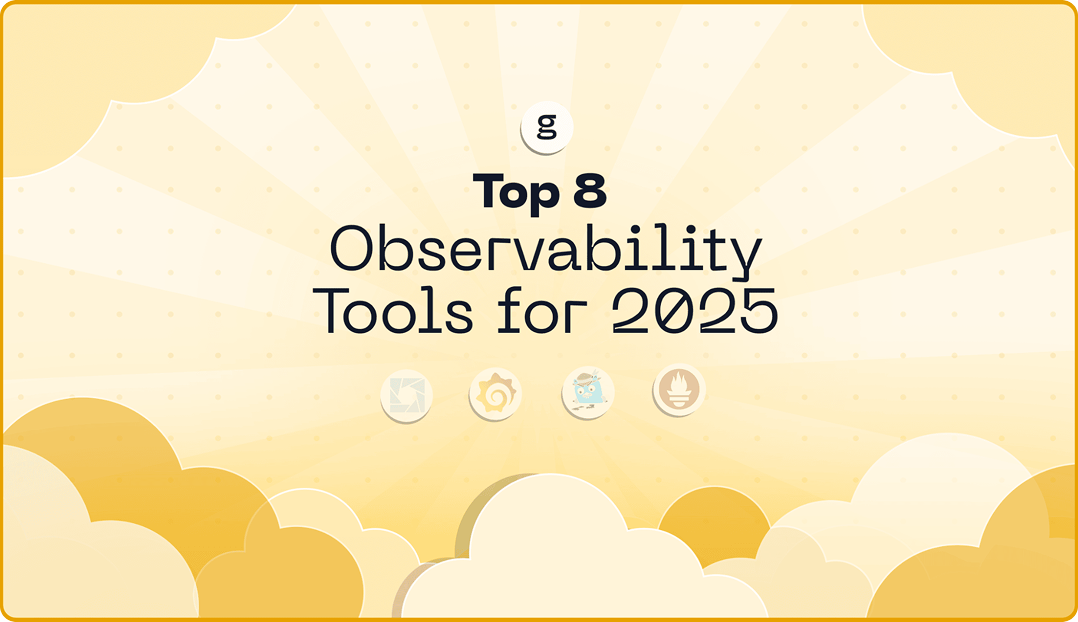
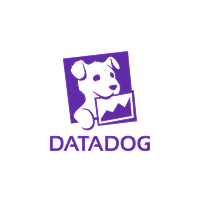


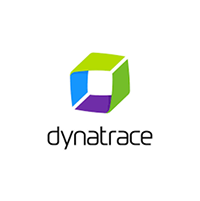

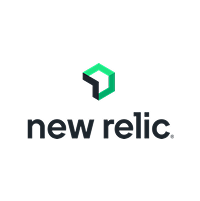
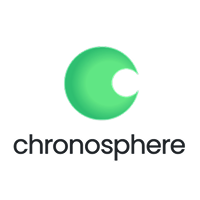













.svg)